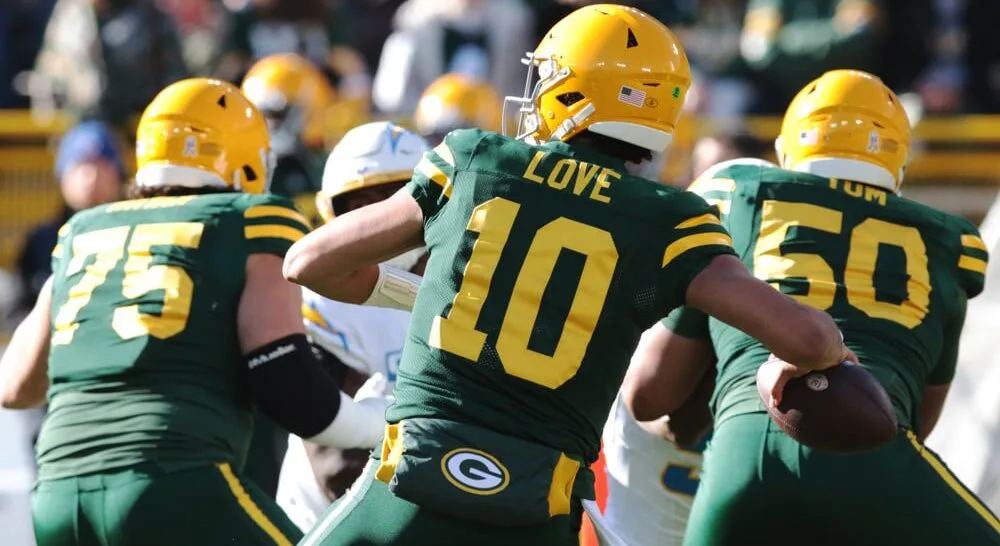
Bankroll Management: A Strategic Guide for Sports Betting
Bankroll management is a fundamental aspect of successful sports betting, ensuring that bettors maintain control over their finances and improve their chances of long-term profitability. This strategic guide delves into the essentials of bankroll management, providing insights and practical examples to help both novice and experienced bettors master this critical discipline.
What is Bankroll Management and How Does it Work?
Bankroll management is a systematic approach to managing your betting funds. It involves setting rules about how much to wager, which bets to place, and how to adjust your stakes based on the success or failure of your bets. The primary goal is to minimize losses during downswings and maximize profits during upswings, thereby ensuring that your betting bankroll is sustainable over the long term.
This strategy requires discipline and a clear understanding of one’s financial limits. It often involves setting a maximum percentage of the bankroll to be risked in a single bet, commonly between 1% and 5%. By adhering to these limits, bettors can avoid the common pitfall of chasing losses with larger bets, which often leads to a depleted bankroll.
The Core Principle of Bankroll Management
The main purpose of bankroll management is to protect your betting capital and increase your betting endurance. It allows you to stay in the game longer by managing the risks associated with betting, which is inherently unpredictable. Effective bankroll management also helps in making more rational betting decisions, free from emotional influence.
Understanding the value of each bet and expecting variability in results is crucial. This strategy ensures that you are not wiped out by short-term losses and that you have enough capital to take advantage of profitable opportunities as they arise.
By consistently applying bankroll management techniques, bettors can create a buffer against the volatility of sports betting, turning it into a more structured and strategic endeavour rather than a random gamble.
Examples of Bankroll Management in Action
Consider a bettor with a starting bankroll of €1,000. Following the rule of risking no more than 2% per bet, the maximum wager per event would be €20. This method keeps the bettor in play even through a losing streak, allowing for a recovery without the risk of rapid depletion of funds.
Another example is the use of a dynamic betting model where the bet size is adjusted based on the confidence level of the bet and previous results. For instance, after a win, a bettor may choose to increase the stake slightly, whereas after a loss, the stake might be reduced to safeguard the remaining bankroll.
This strategy can also be illustrated through a stop-loss limit, where a bettor decides in advance to stop betting for a period if a certain percentage of the bankroll is lost. This prevents impulsive betting and encourages a review of strategy and adjustment of tactics.
Evaluating the Effectiveness of Bankroll Management
Bankroll management is widely regarded as one of the most effective strategies in sports betting when it comes to financial discipline. It helps in mitigating losses and preserving capital during unfavorable periods. The effectiveness of this approach is evidenced by its widespread adoption among professional bettors.
Statistical analyses and betting records show that those who apply bankroll management principles tend to have longer, more profitable betting careers. These bettors avoid the drastic fluctuations in their betting funds that often lead less disciplined bettors to financial ruin.

Understanding Different Sports Betting Strategies
Bankroll management works best when combined with other betting strategies like the betting against the public, value betting, and the use of sports betting algorithms. Each strategy has its mechanics and intended use, but all aim to increase the probability of winning bets.
Betting against the public, for instance, involves identifying games where the majority of the public is betting on one side, and then betting on the opposite side. This is based on the idea that the public often bets based on bias rather than careful analysis, creating value on the other side.
Value betting focuses on finding odds that represent a probability lower than the actual probability of the event occurring. This requires thorough research and understanding of the sport and the factors that can influence the outcome of events.
Advanced Bankroll Techniques for Seasoned Bettors
For experienced bettors, more sophisticated bankroll management techniques can be applied, such as the Kelly Criterion, which adjusts the bet size based on the perceived edge over the bookmaker. This method requires an accurate assessment of one’s ability to predict outcomes and can lead to higher growth of the bankroll when applied correctly.
Another advanced technique involves hedging bets by placing additional bets on different outcomes to guarantee a profit regardless of the final result. This is particularly useful in scenarios where the initial bet can be secured at favorable odds, and the hedge protects against potential losses.
Using a combination of these advanced techniques allows seasoned bettors to maximize their returns while controlling risk, demonstrating the nuanced application of bankroll management in a professional betting environment.